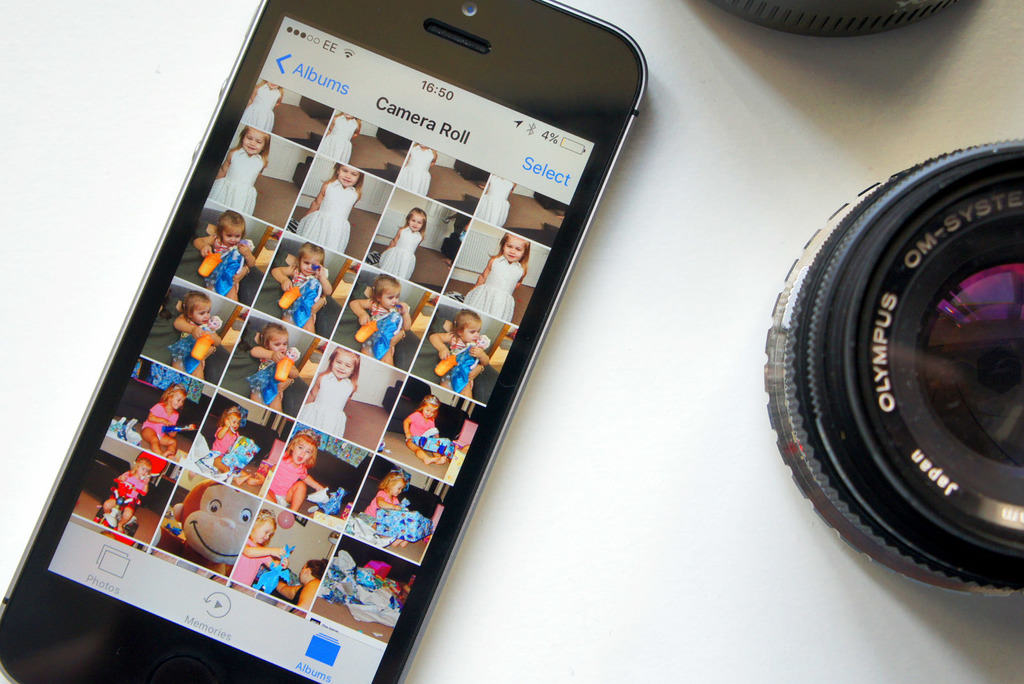Researchers on Apple’s artificial intelligence team have published the first ever research paper ever from the iPhone-maker, ending Apple’s long standing ban that safeguarded company secrets.
The paper details methods on how to train AI algorithms to recognize images. Apple’s researchers reveal that they have tried using both computer-generated images as well as real-world images to train to algorithm, but each have serious drawbacks.
Some of the most talent scientists in the world work at Apple, but until this month the company had never allowed their research to be published. The findings of the research paper aren’t groundbreaking, but the fact that Apple is allowing its team to publish its findings is huge and could help the company attract more top talent.
AI vs Humans
Apple’s first paper is titled “Learning from Simulated and Unsupervised Images through Adversarial Training.” The team details how using completely simulated images to train the algorithm is much faster than using human generated images. That’s because information on the human generated images has to be entered manually by a large workforce.
The problem with using only computer generated images though is that what the algorithm learns doesn’t always translate neatly for real-life scenes. To strike the perfect balance, Apple’s team recommends using both real and computer generated images.
“In this paper, we propose Simulated+Unsupervised (S+U) learning, where the goal is to improve the realism of synthetic images from a simulator using unlabeled real data. The improved realism enables the training of better machine learning models on large datasets without any data collection or human annotation effort.
We show that this enables generation of highly realistic images, which we demonstrate both qualitatively and with a user study.”
The paper was published on December 22 and also details the math used in Apple’s algorithm. Researchers credited in the paper include Ashish Shrivastava, Tomas Pfister, Oncel Tuzel, Josh Susskind, Wenda Wang, and Russ Webb.


